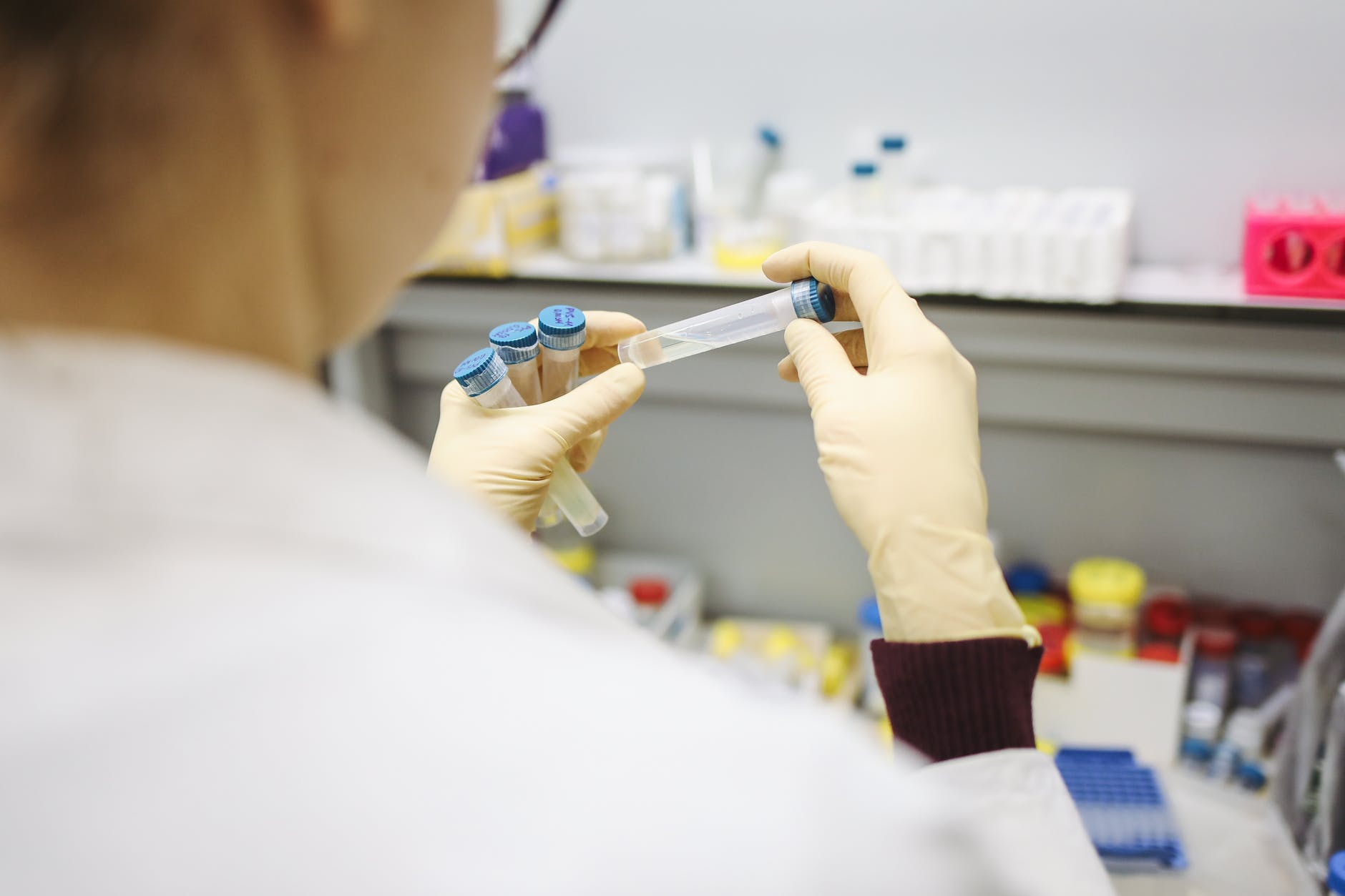How quick swabs (don’t) work. Report investigation

Facts and shortcomings of rapid swabs according to the Rai3 report
The Covid-19 pandemic is putting a strain on the Italian health system and its territorial organizational network. Professor Andrea Crisanti , interviewed by the latest TV Report , recalled that in August he had foreseen the explosion of the second wave towards the end of September and had proposed to the Government his plan to keep tracking under control and therefore counteract the spread of the virus.
The unheard plan of Professor Andrea Crisanti
The plan of prof. Crisanti planned to strengthen the laboratories, setting up at least 40 fixed and mobile ones, capable of processing up to 400 thousand molecular swabs per day, the most reliable in detecting Covid-19 infection . The estimated costs were around 40 million to which 1.5 million per day of management costs had to be added. Today, in full pandemic, no more than 200 thousand are processed. The Scientific Technical Committee of the Ministry of Health, although informed by the Minister Federico D'Incà and the Deputy Minister for Health Pierpaolo Sileri contacted by prof. Crisanti, decides to ignore the proposals of the professor of the University of Padua.
Quick buffers: the inefficiencies of Veneto, the most efficient Region
Italy has chosen to follow the rapid buffer route, with tenders throughout Italy for more than 190 million euros . Veneto, the region with the most tampons in Italy, does 55,000 a day, of which 40,000 are rapid . Could this be due to the resurgence of the epidemic in recent weeks which has been kept at bay thanks to a massive investment in intensive care?
The opinion of prof. Chrysants on quick swabs is not positive. "If we subject a thousand people to rapid swab and if among these thousand people there are 20 positive ones, depending on the test I choose, I risk missing from six to 10. A huge number if the goal I want to achieve with rapid tests is protect vulnerable environments, such as those in hospitals or retirement homes ”. In this regard, Report collects the testimony of Maria Elena, a nurse from Padua, in quarantine with the whole family because she was infected by her son. The woman's husband, who initially tested negative in the rapid test wanted by the Region, then developed the symptoms of Covid. A story similar to that of the anesthetist Vincenzo Pietrantonio , screened with a rapid swab is negative but subjected to a molecular swab its positivity emerges. Meanwhile for the doctor he had had contact with fellow doctors and patients.
The chimera of tracking
The opinion of the experts on the second pandemic wave, of which we are experiencing the tail, is that the tracking system has been skipped. That is, that system that allows you to keep track of the movements and contacts of the positives once the positivity is overt. But how well are the people who undergo swabs in Italy followed?
Report collected the testimony of a man and a woman who contracted Covid-19 in a non-serious form and who ran into failures of the Lazio health system.
Lazio: a history of forgotten tampons
The first testimony collected is that of Paolo, a Roman boy positive for the virus, who after the quarantine had the need to make a swab to decree the end of the quarantine. The first obstacle are the long lines both at the Biomedical Campus and at the Zooprophylactic Institute , waiting up to 7 hours. After taking a swab in Viterbo, Paolo discovers on the Lazio Region website that his name is associated with two different results of the swab: one positive and one negative. When she tries to contact the analysis laboratory that processed her swab, the response she receives is surreal: "You choose which of the two results to tear because there must have been an overlap with another user".
The second story is that of Ilaria, a woman caught in the system set up by the Lazio Region at the beginning of November. Ilaria counts the infection and does a molecular swab at the drive in Casal Bernocchi , a fraction of Rome. After 18 days his report arrives but from the documents he discovers that his swab was processed only 10 days after the collection. Ilaria wonders how reliable are the results of a swab analyzed after so many days. The answer is provided by the Istituto Superiore di Sanità which gives very precise indications: if the swab is processed within 48 hours of collection it can be stored at a temperature of 4 degrees, if it is processed after more than 48 hours it must be stored at -80 degrees .
The San Raffaele della Pisana hospital processes Ilaria's swabs. The hospital, contacted the crew to report, claims to have preserved the buffer for ten days at 4 degrees, proving to be informed about the ISS guidelines. On this point, the Report team also hears the Lazio health councilor, Alessio D'Amato, who dodges the questions by taking refuge in the alleged technicality of the questions.
This is a machine translation from Italian language of a post published on Start Magazine at the URL https://www.startmag.it/sanita/come-non-funzionano-i-tamponi-rapidi-inchiesta-di-report/ on Fri, 25 Dec 2020 16:53:10 +0000.
